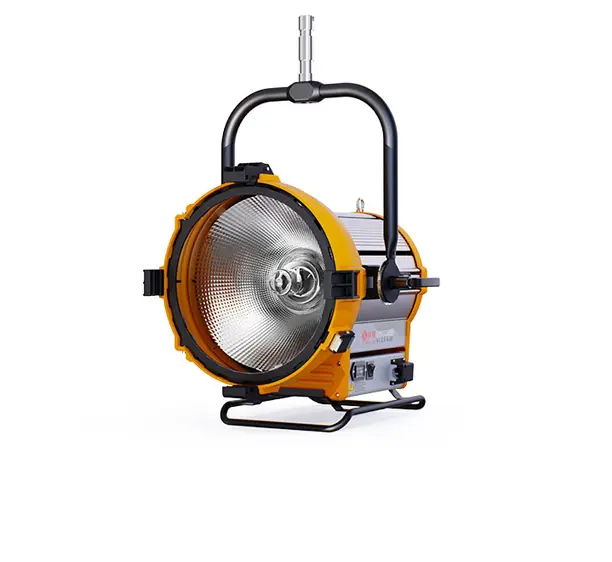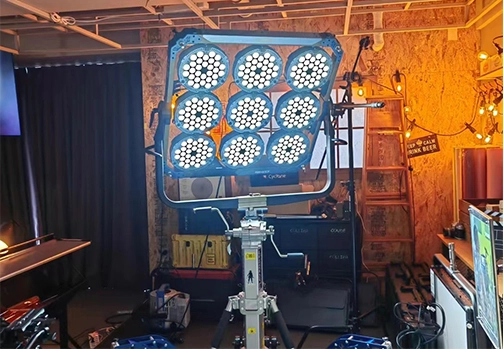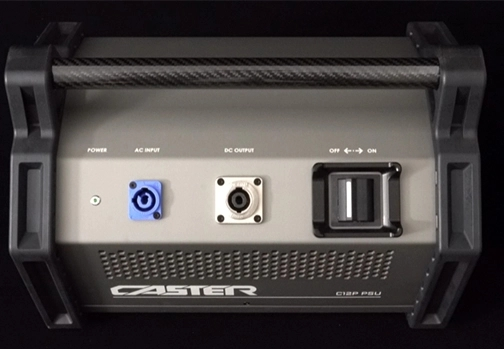When it comes to creating captivating films, the importance of lighting cannot be overstated. Film production lights play a crucial role in enhancing the mood, emphasizing key aspects of the story, and guiding the audience's attention. With the right lighting techniques, filmmakers have the power to completely transform scenes, creating visually stunning masterpieces that leave a lasting impact on viewers. In this blog, we will delve into the profound effect that film production lights have on the overall cinematic experience.
Setting the Mood
Lights have the extraordinary ability to set the mood of a scene, influencing the emotions and reactions of the audience. Whether it's a suspenseful thriller, an intense action sequence, or a romantic love story, the way a scene is lit can evoke the desired feelings in the viewers. Film production lights can create a warm, inviting ambiance for a heartfelt conversation between characters, or a cold, eerie atmosphere for a spine-chilling horror scene. By carefully selecting and positioning the lights, filmmakers can manipulate the emotions of the audience and immerse them fully into the storyline.
Enhancing Visual Appeal
Film production lights are essential in enhancing the visual appeal of a film. By using various lighting techniques, such as backlighting, silhouetting, or even colored lighting, filmmakers can add depth and dimension to their visuals. The interplay between light and shadow can create breathtaking compositions, making every frame a work of art. Whether it's casting intriguing shadows on a character's face to signify inner turmoil or illuminating a picturesque landscape, lighting adds that extra layer of beauty that captivates the audience's attention.
Directing the Viewer's Focus
One of the primary functions of film production lights is to guide the viewer's attention to where it is needed. By strategically illuminating certain areas within a scene, filmmakers can direct the audience's gaze towards crucial plot points or characters. For example, a spotlight can be used to highlight the protagonist in a crowd, emphasizing their importance to the story. Lighting can also be used to create contrast, making certain elements stand out prominently against the background. This technique is often employed to draw attention to significant objects or details that are integral to the plot's development.
Conveying Symbolism and Themes
In addition to its practical uses, lighting in film can also be a powerful tool for conveying symbolism and underlying themes. Different lighting setups can represent contrasting concepts like good versus evil, truth versus deception, or hope versus despair. The flickering of a candlelight in a dark room can symbolize hope in the midst of despair, while the harsh, unfiltered light can represent the harsh reality of a character's circumstances. Film production lights allow filmmakers to use visual cues to convey complex ideas and enhance the audience's understanding and engagement with the film.
In conclusion, film production lights play a significant role in transforming scenes and creating impactful cinematic experiences. Lighting sets the mood, enhances visual appeal, directs viewer focus, and conveys symbolism and themes. By harnessing the power of film production lights, filmmakers can craft visually stunning films that resonate with audiences long after they leave the theater. Whether it's an intimate conversation, an epic battle, or a heart-wrenching revelation, lighting is the secret ingredient that elevates the storytelling and brings scenes to life.
 English
English 日本語
日本語 한국어
한국어 Español
Español italiano
italiano العربية
العربية






